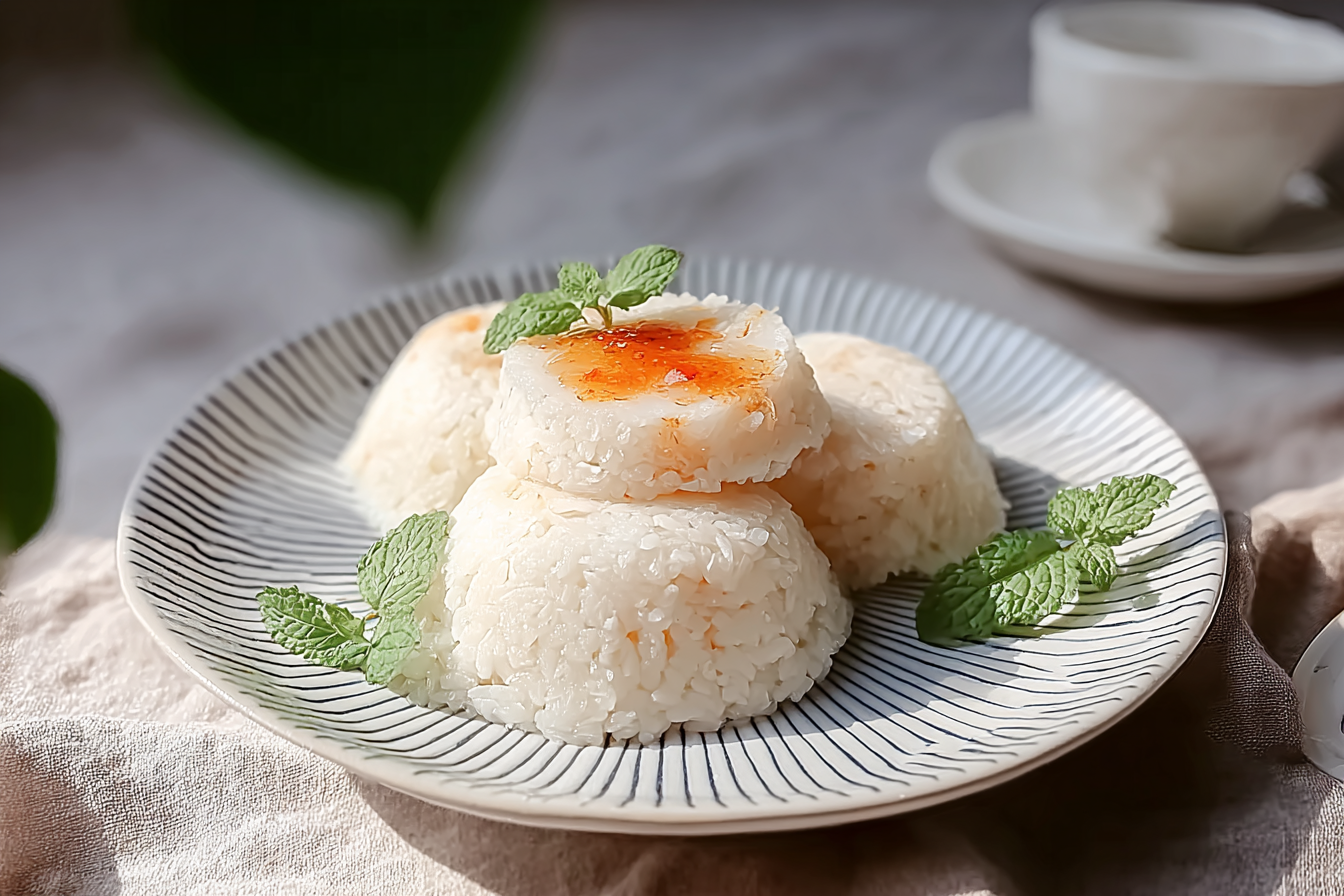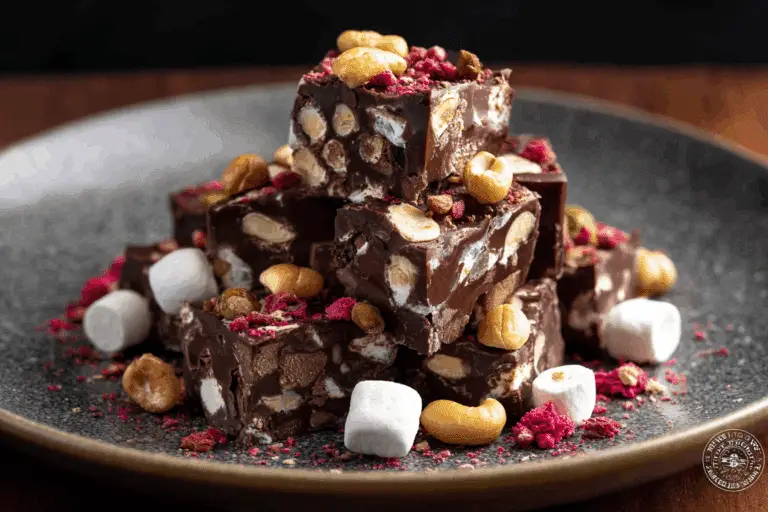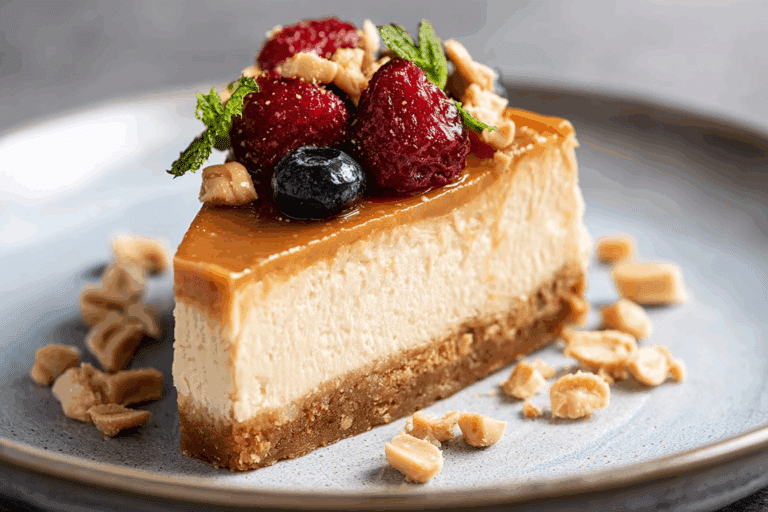STEAMED RICE CAKE
There’s something truly magical about a warm steamed rice cake, fresh out of the steamer, its surface soft and pillowy with a delicate sweetness that fills the air. Light, fluffy, and tender, this cake is the kind of treat that makes you slow down, take a breath, and enjoy the moment. Whether enjoyed with tea in the afternoon or as a delightful breakfast, steamed rice cake carries with it the charm of comfort and tradition.
Behind the Recipe
Steamed rice cake has always had a special place in gatherings and family kitchens. I remember the gentle hiss of the steamer, the anticipation as the lid lifted, and that first bite into the soft, slightly chewy cake. It’s more than just a recipe—it’s a symbol of celebration, patience, and shared joy around the table.
Recipe Origin or Trivia
Steamed rice cakes are deeply rooted in Asian culinary traditions. Known as puto in the Philippines, bai tang gao in China, and idli in India, variations of this humble cake can be found across cultures. Each region gives it its own twist—sometimes infused with coconut milk, sometimes paired with savory dishes, and sometimes simply enjoyed plain with tea. What remains constant is its cultural significance, often being part of festivals, rituals, and everyday comfort food.
Why You’ll Love Steamed Rice Cake
Trust me, you’re going to love this—here’s why:
Versatile: It pairs beautifully with savory or sweet accompaniments.
Budget-Friendly: Made with just rice flour, sugar, and yeast, it’s as affordable as it gets.
Quick and Easy: The preparation is simple, with the steamer doing most of the work.
Customizable: Add coconut milk, pandan, or even cheese to make it your own.
Crowd-Pleasing: Soft and lightly sweet, it’s a treat everyone can enjoy.
Make-Ahead Friendly: Batter can be prepared ahead of time and steamed when needed.
Great for Leftovers: They stay soft when reheated and can even be toasted for a different texture.
Print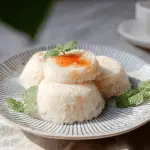
STEAMED RICE CAKE
- Prep Time: 15 minutes
- Cook Time: 25 minutes
- Total Time: 40 minutes
- Yield: 8 servings
- Category: Dessert
- Method: Steaming
- Cuisine: Asian
- Diet: Gluten Free
Description
Soft, fluffy, and lightly sweet, this classic steamed rice cake delivers a pillowy crumb with gentle yeast aroma and a tender bite that pairs beautifully with tea or savory dishes.
Ingredients
- Rice flour, 2 cups
- Sugar, 1 cup
- Warm water, 1 1/2 cups
- Active dry yeast, 2 teaspoons
- Baking powder, 1 teaspoon
- Vegetable oil, 2 tablespoons
- Salt, 1/2 teaspoon
Instructions
- Prepare the steamer, grease heatproof molds or line with parchment, and bring water in the steamer to a steady simmer.
- In a mixing bowl, dissolve the sugar in warm water, sprinkle in the yeast, and let stand until foamy, about 5 to 10 minutes.
- Whisk in the rice flour and salt until the batter is smooth, cover, and let rest in a warm spot until bubbly and aerated, about 1 to 2 hours.
- Stir in the baking powder and vegetable oil, then pour the batter into the prepared molds, filling each about three quarters full.
- Steam over medium heat until set and a toothpick comes out clean, about 20 to 25 minutes for individual molds.
- Remove from the steamer, cool for 5 minutes, then run a thin spatula around the edges and unmold carefully.
- Serve warm and enjoy as is, or with grated coconut or alongside savory dishes.
Notes
- For even results, keep the steamer at a consistent medium heat to avoid dense spots.
- Wrap the steamer lid with a clean kitchen towel to prevent water from dripping onto the cakes.
- Add a few drops of pandan or vanilla extract for a fragrant twist.
- Reheat leftovers by re-steaming for 3 to 5 minutes to restore softness.
Nutrition
- Serving Size: 1 piece
- Calories: 180
- Sugar: 25 g
- Sodium: 125 mg
- Fat: 3.5 g
- Saturated Fat: 0.5 g
- Unsaturated Fat: 3 g
- Trans Fat: 0 g
- Carbohydrates: 49 g
- Fiber: 0.5 g
- Protein: 1.5 g
- Cholesterol: 0 mg
Keywords: steamed rice cake, rice flour cake, bai tang gao, puto, gluten free dessert, easy steamed cake
Chef’s Pro Tips for Perfect Results
Steaming might look simple, but these tips will take your rice cake to the next level:
- Always let the batter rest long enough so it develops airy bubbles.
- Wrap your steamer lid with a cloth to prevent water from dripping onto the cake.
- Use medium heat to avoid tough textures and ensure even cooking.
- Grease your molds or line them with parchment so the cakes pop out easily.
Kitchen Tools You’ll Need
Before diving in, make sure your kitchen is ready with these essentials:
Steamer: The key tool for achieving that fluffy texture.
Mixing Bowls: For preparing and resting the batter.
Whisk or Wooden Spoon: To mix ingredients smoothly.
Measuring Cups and Spoons: Precision is crucial for rice cakes.
Cake Molds or Heatproof Dish: To shape and steam the batter.
Ingredients in Steamed Rice Cake
This cake comes together with simple pantry staples that harmonize beautifully:
- Rice Flour: 2 cups – The foundation of the cake, providing its delicate texture.
- Sugar: 1 cup – Adds sweetness and feeds the yeast for fermentation.
- Warm Water: 1 ½ cups – Activates the yeast and brings the batter together.
- Active Dry Yeast: 2 teaspoons – Helps the cake rise and creates airy bubbles.
- Baking Powder: 1 teaspoon – Ensures an extra lift for fluffiness.
- Vegetable Oil: 2 tablespoons – Keeps the cake soft and prevents sticking.
- Salt: ½ teaspoon – Balances the sweetness.
Ingredient Substitutions
Sometimes you might want to switch things up:
Rice Flour: Glutinous rice flour for a chewier version.
Sugar: Coconut sugar for a deeper caramel-like sweetness.
Vegetable Oil: Coconut oil for a richer, aromatic flavor.
Ingredient Spotlight
Rice Flour: The star ingredient, giving steamed rice cake its light and tender crumb.
Yeast: The magic that creates airy holes and that signature spongy texture.
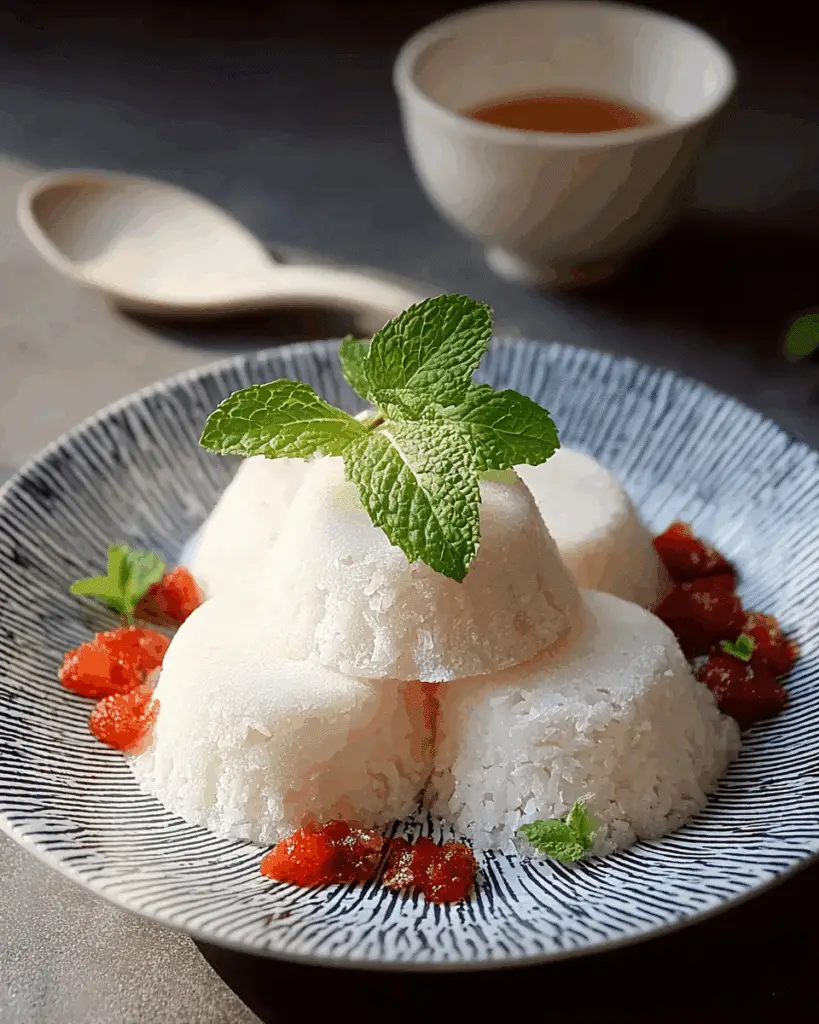
Instructions for Making Steamed Rice Cake
Now let’s walk through the process step by step—it’s simpler than you think!
- Preheat Your Equipment: Prepare your steamer and grease the molds or line them with parchment.
- Combine Ingredients: In a bowl, dissolve sugar in warm water, add yeast, and let it rest until foamy. Stir in rice flour and salt, mixing until smooth.
- Prepare Your Cooking Vessel: Cover the bowl and let the batter rest for 1–2 hours until bubbles form.
- Assemble the Dish: Stir in baking powder and oil, then pour the batter into prepared molds.
- Cook to Perfection: Steam over medium heat for 20–25 minutes or until a toothpick inserted comes out clean.
- Finishing Touches: Allow the cakes to cool slightly before removing them from molds.
- Serve and Enjoy: Soft, fluffy, and best paired with tea, savory stews, or eaten plain.
Texture & Flavor Secrets
The beauty of steamed rice cake lies in its balance. The crumb is airy yet moist, with a slight chew that makes every bite satisfying. The yeast fermentation gives it a gentle tang, while the sugar adds just enough sweetness without overpowering.
Cooking Tips & Tricks
Here are a few tricks to make your cake shine:
- Always steam on medium heat for even cooking.
- Rest the batter long enough to let flavors develop.
- For extra aroma, add pandan leaves or a splash of coconut milk.
What to Avoid
Steamed rice cake is forgiving, but here’s what you should look out for:
- Over-steaming, which can make the cakes dense.
- Letting the batter over-ferment, which creates a sour taste.
- Lifting the steamer lid too often, which deflates the cake.
Nutrition Facts
Servings: 8
Calories per serving: 180
Note: These are approximate values.
Preparation Time
Prep Time: 15 minutes
Cook Time: 25 minutes
Total Time: 40 minutes
Make-Ahead and Storage Tips
Steamed rice cakes can be prepared in advance. You can refrigerate them for up to 3 days or freeze them for longer storage. Simply re-steam or microwave to bring back their soft texture.
How to Serve Steamed Rice Cake
These cakes are delightful with a cup of hot tea, or you can serve them alongside savory stews and curries. In some traditions, they’re enjoyed with grated coconut or even a drizzle of honey for extra indulgence.
Creative Leftover Transformations
Don’t let leftovers sit idle! You can:
- Pan-fry slices for a crispy edge.
- Use them as a base for sweet toppings like fruit and cream.
- Toast them lightly and serve with butter.
Additional Tips
Add a drop of vanilla or pandan extract to give your rice cake a unique fragrance. For festive occasions, sprinkle sesame seeds or shredded coconut on top before steaming.
Make It a Showstopper
Presentation matters. Steam in small, individual molds for dainty servings or use decorative molds for a festive flair. A garnish of grated coconut or a drizzle of syrup makes them look as good as they taste.
Variations to Try
- Coconut Rice Cake: Replace water with coconut milk for a rich flavor.
- Pandan Rice Cake: Add pandan extract for a fragrant green hue.
- Ube Rice Cake: Stir in ube flavoring for a vibrant purple twist.
- Cheese-Topped Rice Cake: Add grated cheese on top before steaming.
- Honey Glazed Rice Cake: Brush with honey right after steaming for a glossy finish.
FAQ’s
Q1: Can I make steamed rice cake without yeast?
Yes, but it will be denser. Yeast gives it the airy, spongy texture.
Q2: Can I use regular flour instead of rice flour?
Not for the same texture—rice flour is essential for authenticity.
Q3: Can I make this gluten-free?
Yes, rice flour is naturally gluten-free.
Q4: Can I add flavors like chocolate or coffee?
Absolutely! Mix in cocoa powder or instant coffee for a modern twist.
Q5: How do I know when the rice cake is done?
Insert a toothpick in the center—if it comes out clean, it’s ready.
Q6: Why did my cake turn sour?
The batter over-fermented. Shorten the resting time.
Q7: Can I bake instead of steam?
You can, but it won’t achieve the same fluffy texture.
Q8: How long does it stay fresh?
About 3 days in the fridge if stored properly.
Q9: Can I make them smaller for bite-sized snacks?
Yes, mini molds work beautifully for party platters.
Q10: Can I reduce the sugar?
Yes, but keep enough to feed the yeast for proper rise.
Conclusion
Steamed rice cake is more than just a recipe—it’s a piece of tradition, a comfort food, and a versatile treat that adapts to your table and taste. Soft, fluffy, and gently sweet, it’s the kind of dish that feels like a hug in every bite. Let me tell you, it’s worth every bite, and once you try it, you’ll find yourself coming back to it again and again.

